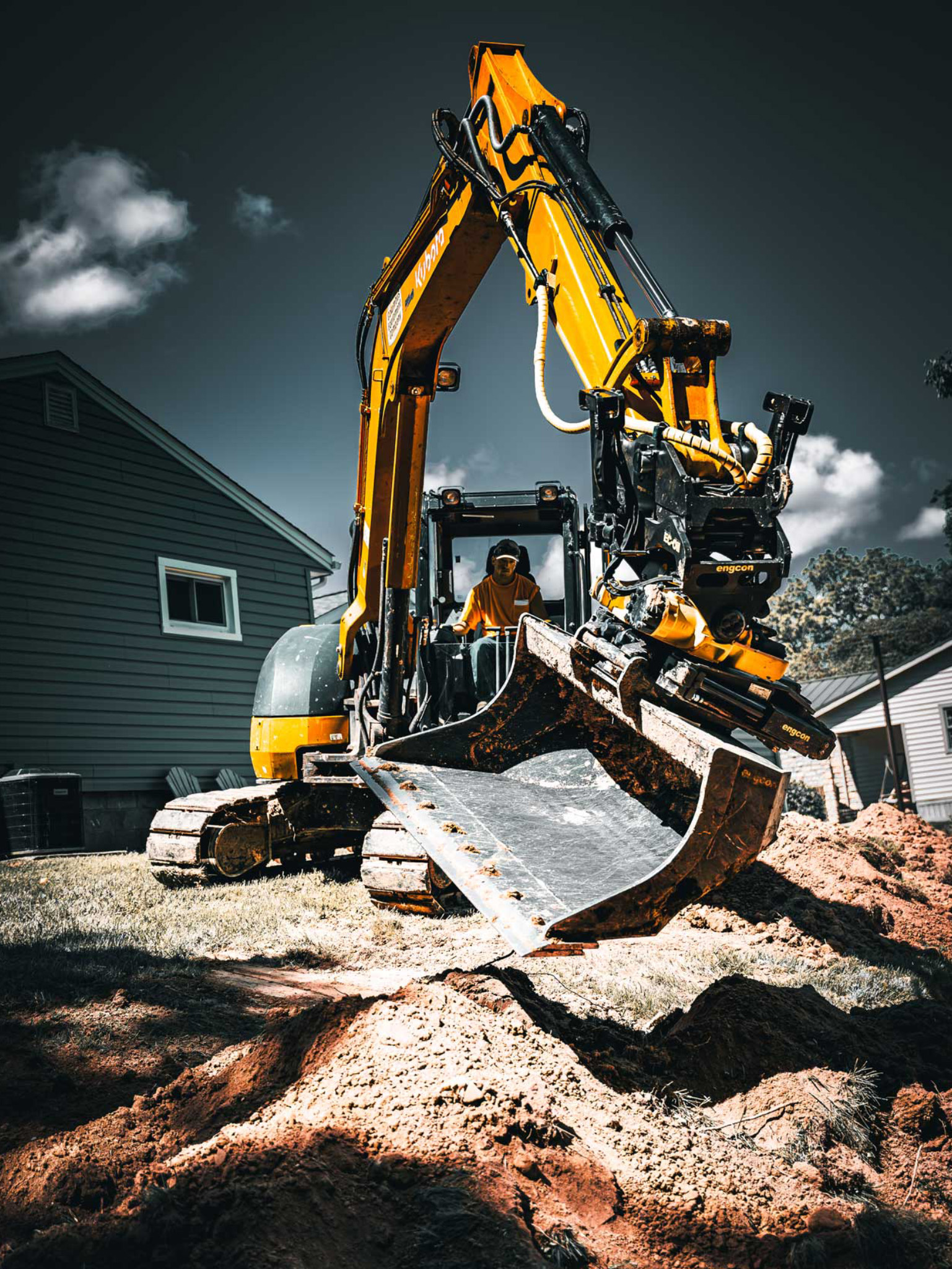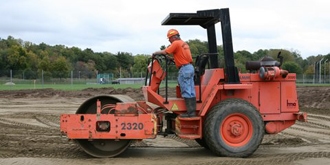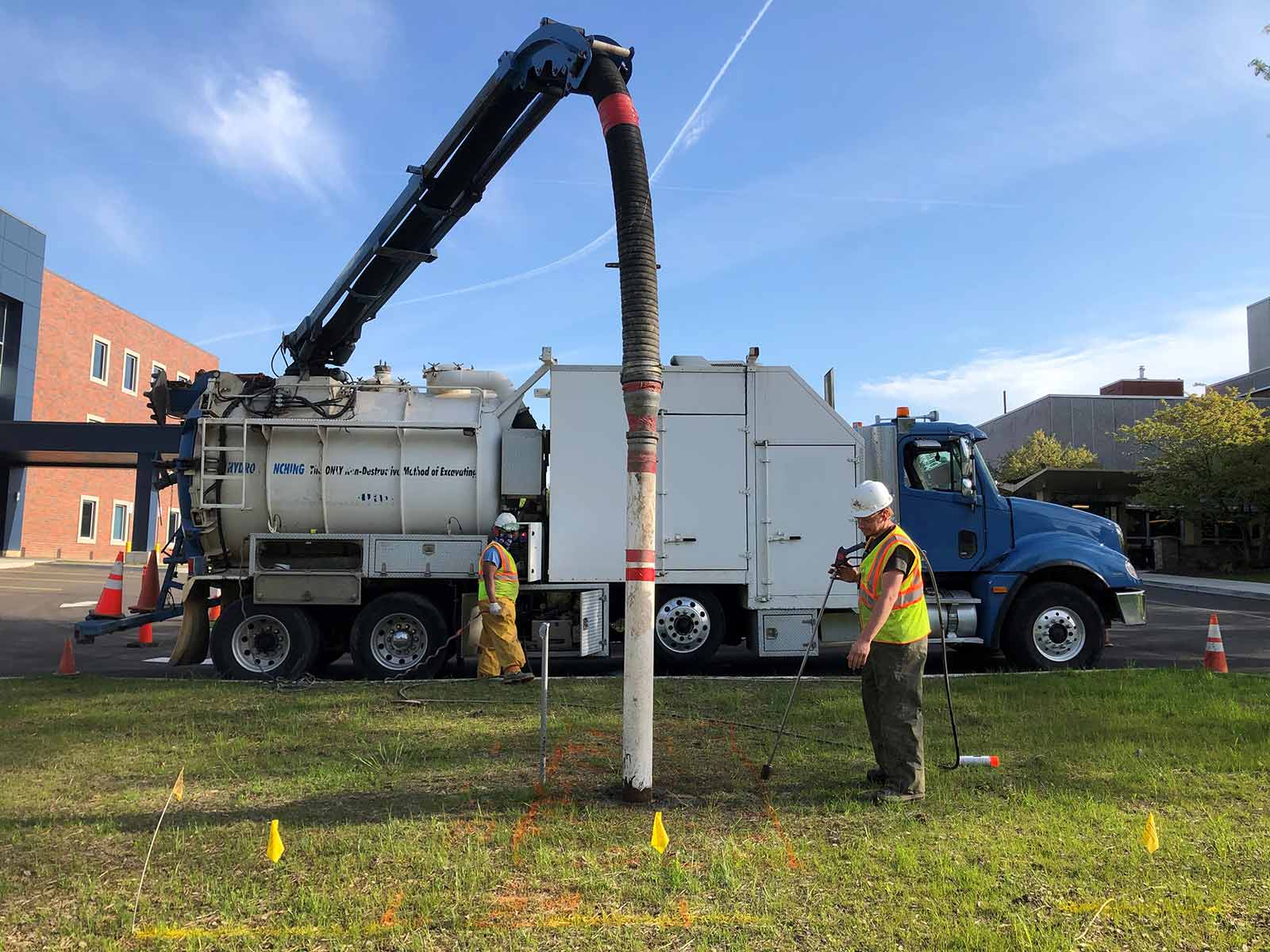Expert Septic Ohio - Trusted Septic Tank Experts in Ohio
Expert Septic Ohio - Trusted Septic Tank Experts in Ohio
Blog Article
Revealing the Art of Excavation: Pro Tips for Safe and Productive Excavating
As soil is transformed and planet is moved, the ins and outs of excavation disclose themselves, requiring a keen understanding of tools, soil composition, safety and security methods, and environmental considerations. The proficiency needed to navigate these elements efficiently can mean the distinction between a successful excavation job and a potential catastrophe.
Relevance of Appropriate Tools
To guarantee the security and performance of any excavation project, using the proper tools is vital. The right tools not just boost performance but additionally reduce dangers connected with digging. Excavation tasks vary in scope and intricacy, ranging from tiny residential landscaping jobs to massive construction tasks. Despite the project size, having the right devices can make a significant distinction in the end result.
Excavators are basic pieces of equipment in any excavating procedure. These functional makers been available in various dimensions to suit different project needs. Tiny excavators are ideal for smaller tasks, while bigger excavators take on a lot more substantial tasks efficiently. Backhoes are one more important tools type, combining the features of a loader and an excavator in one equipment. They are important for tasks calling for flexibility and ability to move.
Excavators excel in jobs that call for pushing big amounts of dirt or debris. By investing in the suitable devices, excavation jobs can be completed securely, on time, and with accuracy.
Comprehending Soil Make-up
A thorough understanding of dirt structure is essential for performing excavation projects with precision and safety. Understanding the different types of soil is important as it directly impacts excavation approaches, tools option, and general project efficiency.
Silt fragments are smaller than sand however larger than clay, offering modest drain and communication. Organic matter, such as decaying plant material, influences dirt fertility and security.
Before beginning excavation, performing dirt tests to determine its composition and features is crucial. This info helps in picking the proper tools, implementing security measures, and establishing excavation techniques customized to the details dirt conditions - lancaster trenching. By understanding dirt composition, excavation specialists can enhance task results while making certain security and adherence to ideal methods
Precaution and Protocols
Comprehending dirt structure is the keystone upon which precaution and procedures for excavation tasks are developed, making certain the well-being of employees and the success of the undertaking. There are numerous crucial steps that must be executed to reduce threats and protect against mishaps. when it comes to security throughout excavation.
Most importantly, before any digging begins, a detailed evaluation of the website ought to be performed to determine any potential threats such as underground utilities, unstable soil conditions, or close-by structures that could present a threat. It is crucial to have a skilled person supervise site here the excavation process to make sure that all security procedures are complied with strictly.
Furthermore, all workers entailed in the excavation needs to be about his properly trained in safe excavating methods and the correct procedure of tools. By sticking to these security actions and procedures, excavation jobs can be finished effectively and without occurrence.
Efficient Excavation Planning
When beginning on an excavation project, thorough planning is important to make certain effectiveness, security, and effective end results. Effective excavation planning involves several essential steps that are critical for the smooth execution of the job. The initial step is to perform a complete website analysis to recognize any potential threats, such as below ground energies or unpredictable dirt problems. This info is important for establishing a detailed excavation plan that consists of safety procedures and take the chance of reduction strategies.
Once the site evaluation is complete, the next step is to develop a clear timeline and schedule for the excavation tasks. This consists of identifying the sequence of tasks, devices demands, and workforce allotment. Proper scheduling aids avoid delays and guarantees that the project remains on track.

Moreover, interaction among all employee is extremely important during the preparation phase. Clear directives, normal updates, and reliable sychronisation are vital for a successful excavation task. By investing effort and time in meticulous planning, excavation groups can substantially improve productivity, minimize risks, and attain successful end results.

Managing Ecological Considerations
With increasing focus on environmental sustainability in building practices, taking care of environmental factors to consider has actually become an essential official website element of excavation projects. Excavation tasks have the potential to influence the surrounding environment via soil disintegration, sediment drainage, environment interruption, and contamination of water resources. To alleviate these risks, it is vital to execute best methods that focus on environmental defense.

Additionally, appropriate waste management is vital to avoid dirt and water contamination. Executing procedures for the disposal of hazardous materials, recycling of waste products, and lessening the usage of dangerous chemicals can dramatically lower the ecological impact of excavation projects. By incorporating these practices right into excavation preparation and implementation, construction business can guarantee that their tasks are not only secure and efficient but additionally eco liable.
Final Thought
To conclude, understanding the art of excavation needs a comprehensive understanding of correct equipment, dirt make-up, safety measures, and effective planning. By adhering to these guidelines and considering environmental elements, excavations can be conducted securely and successfully. It is critical to prioritize safety and efficiency in every digging task to guarantee effective outcomes.
As dirt is turned and planet is moved, the intricacies of excavation expose themselves, demanding an eager understanding of equipment, dirt composition, security protocols, and ecological considerations.To make sure the safety and performance of any excavation job, making use of the proper equipment is critical.A thorough grasp of dirt structure is basic for carrying out excavation projects with precision and safety and security. Understanding the different types of soil is crucial as it straight influences excavation methods, equipment choice, and overall job efficiency. By recognizing soil structure, excavation professionals can improve job results while making sure safety and security and adherence to best practices.
Report this page